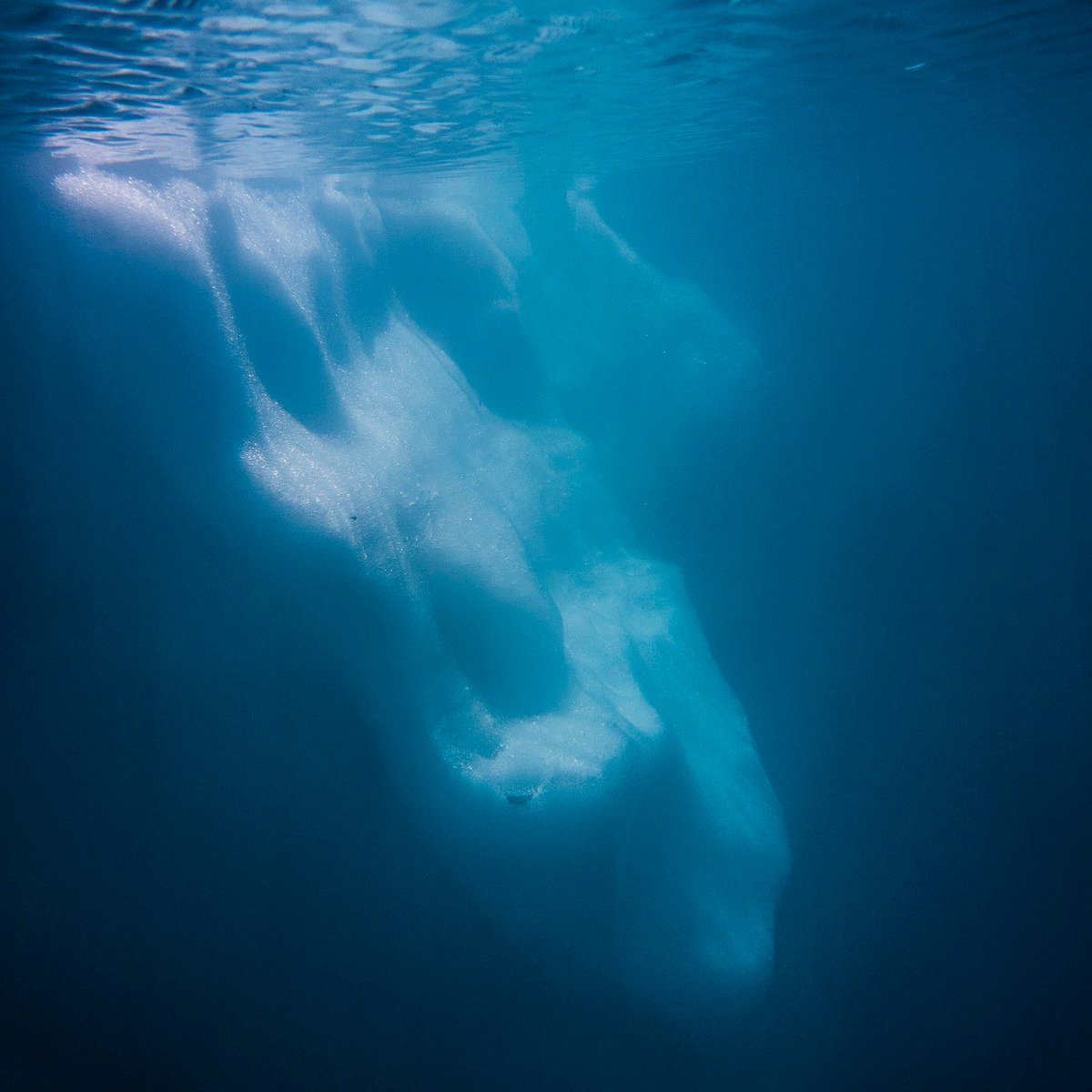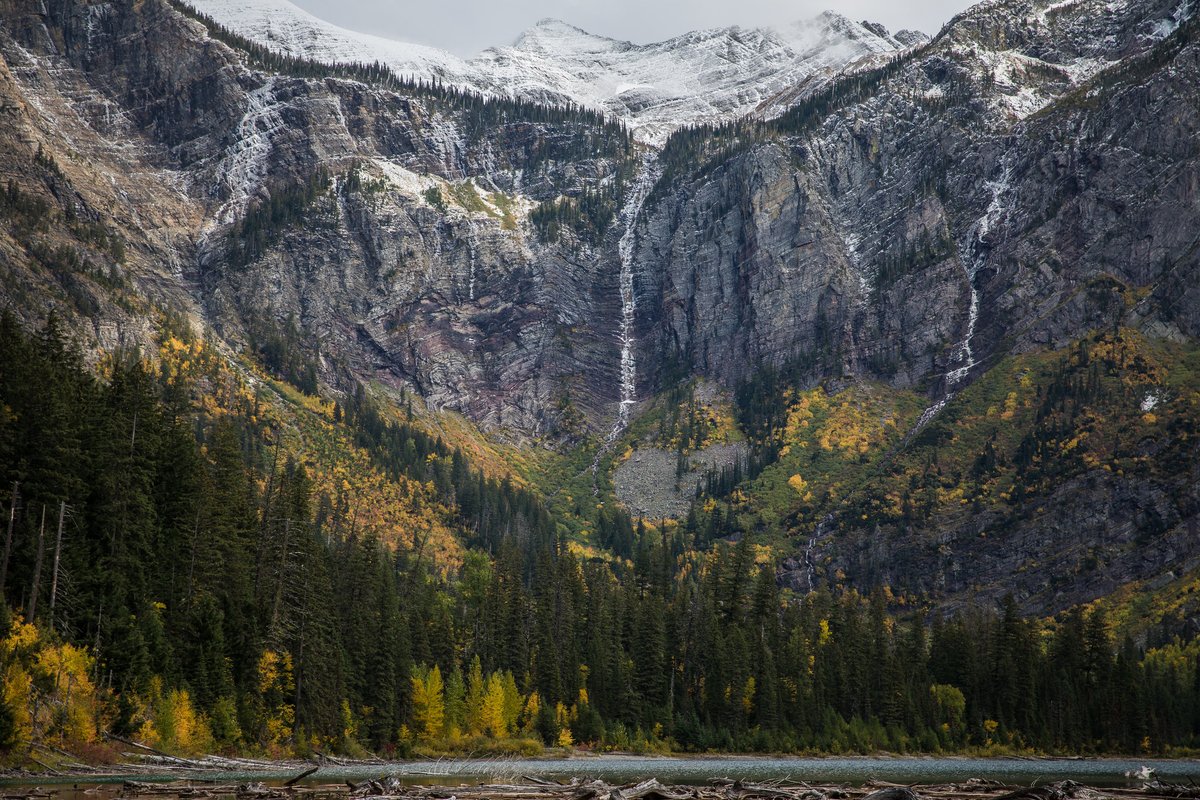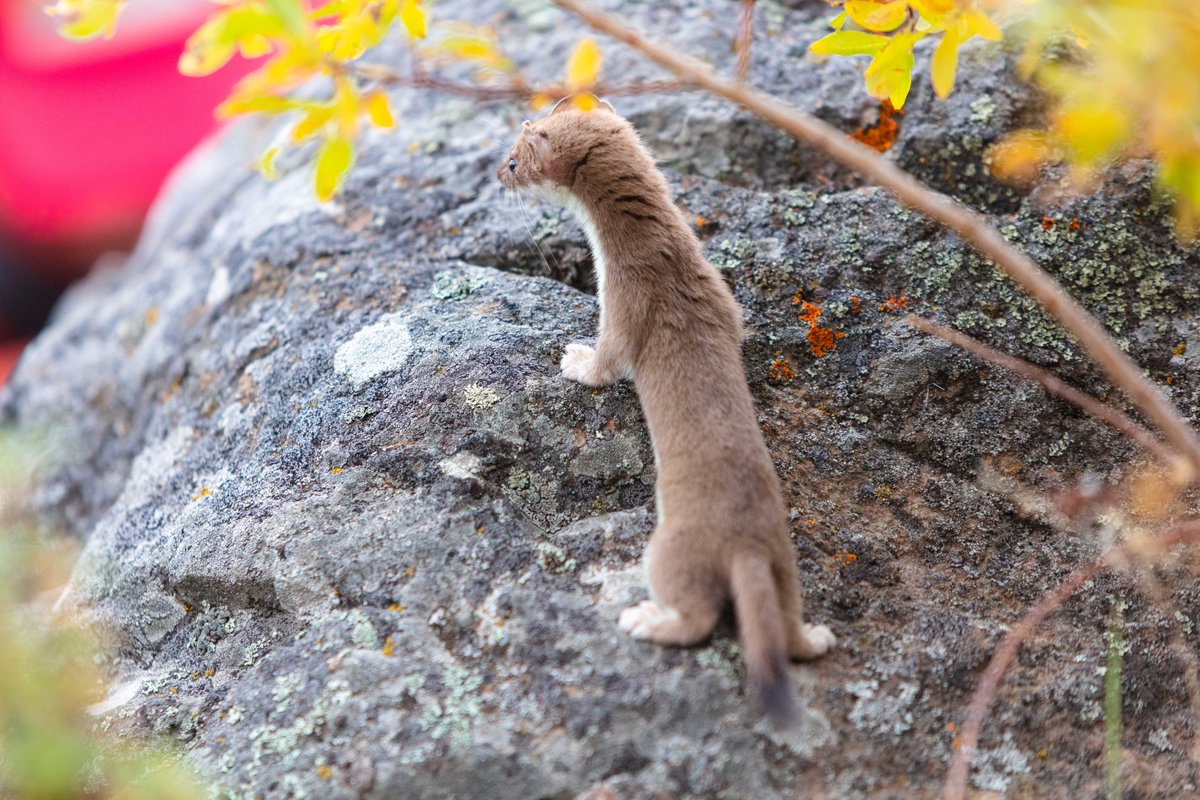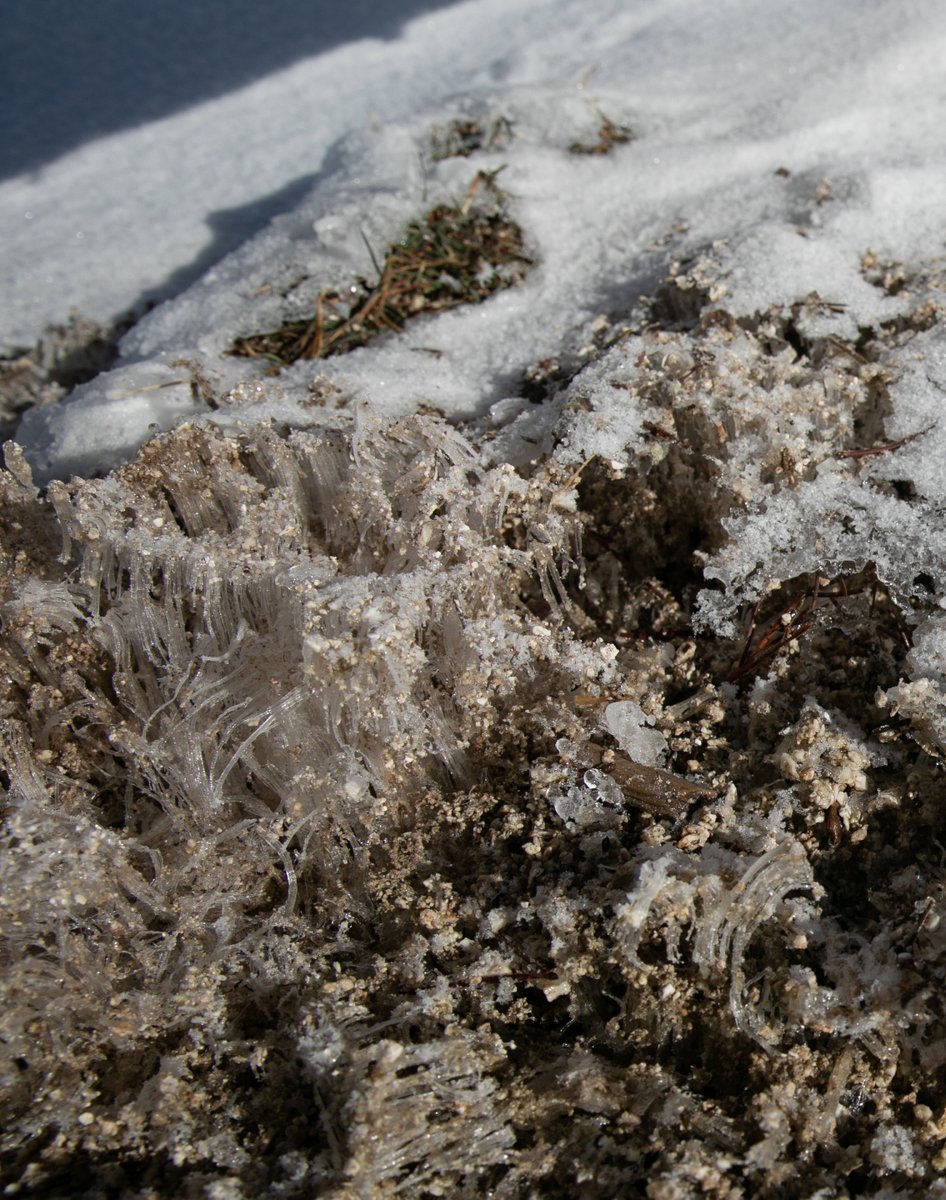
Some ice is obvious—maybe you picture a glacier or a frozen lake—but other ice is much harder to find.
For example, many surfaces in the world around us are porous—able to be penetrated by water. Wood is porous, as are cracks in a mountainside or asphalt in your driveway. We can see the water on the surface, but there can be a lot of water hidden out of sight.
Right before and after winter in Montana, thanks to temperatures fluctuating above and below freezing, water not normally seen can make its presence known by rapidly freezing and thawing.
You've probably heard that when water freezes into ice, it expands. If enough water freezes inside of a porous material, the expanding ice can destroy that material from the inside out—pushing it apart. This effect is called freeze-thaw weathering.
If you've ever hit a pothole in the road before—you've seen for yourself the effects of freeze-thaw weathering. Expanding ice weakens areas of pavement, which are damaged further by passing cars.
In the natural world, the effects of freeze-thaw weathering come in different shapes and sizes.
Here in Glacier, most of the rock in the park is sedimentary and full of holes. Freeze-thaw weathering breaks down these rocks and, on mountainsides, can start massive rockfalls and landslides.
Freezing is also a concern for trees—living, stationary organisms made mostly of water—who have to worry about ice forming inside them.
In autumn, many trees pump their sap full of sugar, creating a sort of natural antifreeze. In the spring—when it's above freezing during the day and below freezing at night—trees flush that antifreeze, and we bottle it to create a syrup (famously, maple). 🍁
So next time you hit a pothole, or eat pancakes with maple syrup, you know what to blame/thank respectively!
This photo of a submerged iceberg was taken on the traditional land of the ǔmssk̇ǎaṗiiṗiik̇ǔni, Kootenai, Selis, and Qlispe People. 📍
• • •
Missing some Tweet in this thread? You can try to
force a refresh










